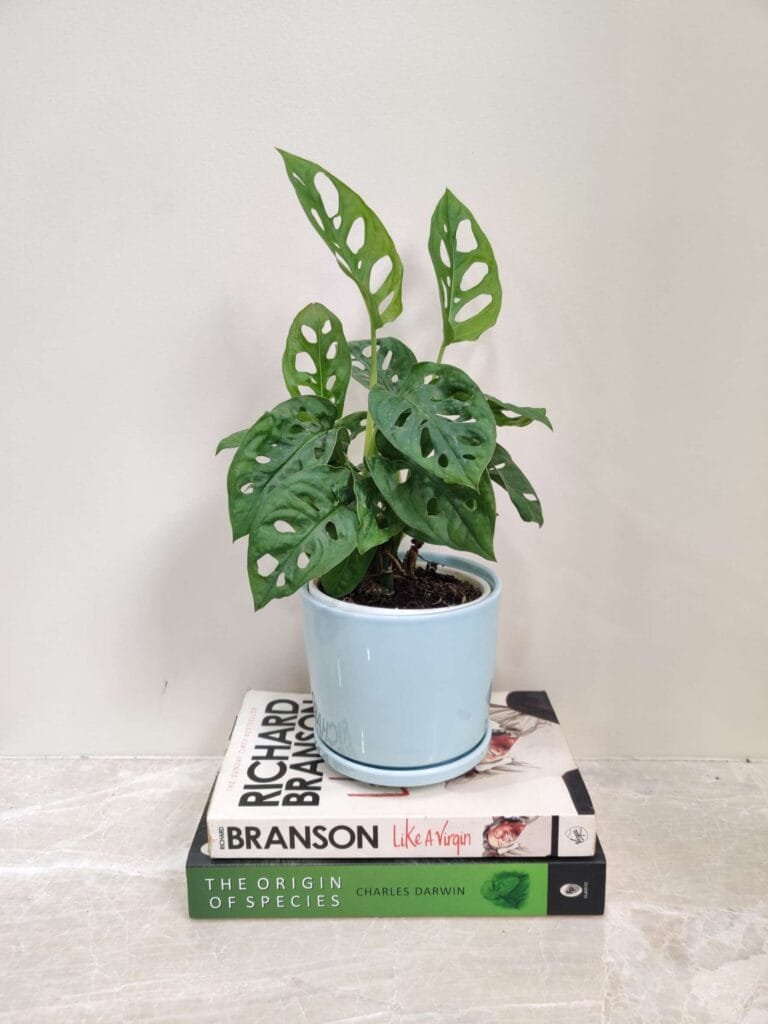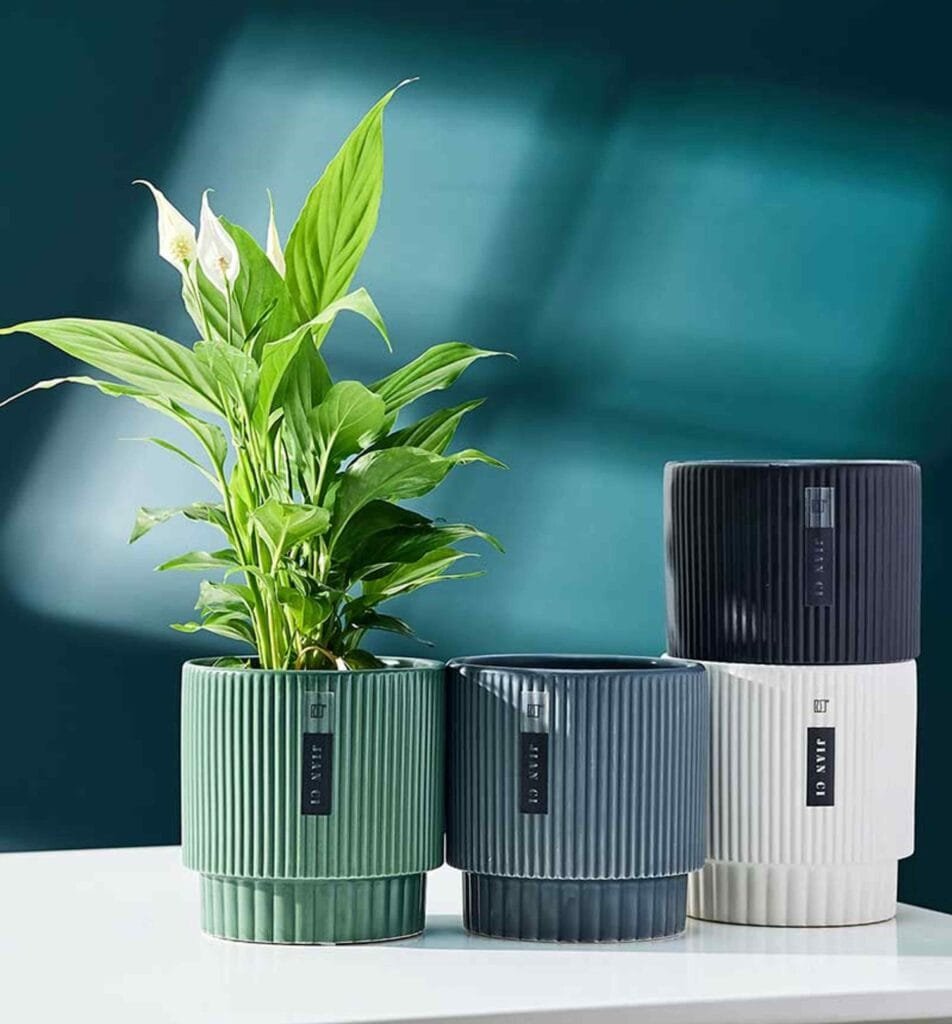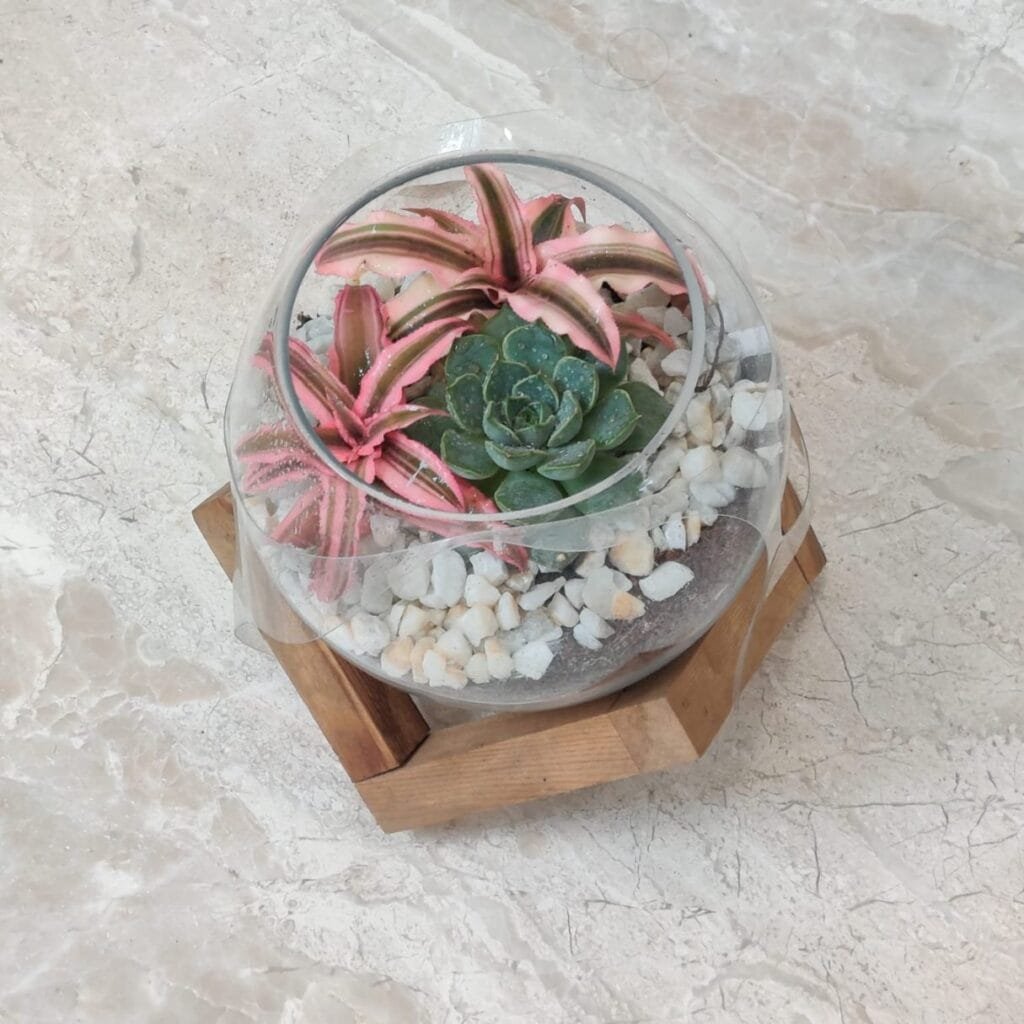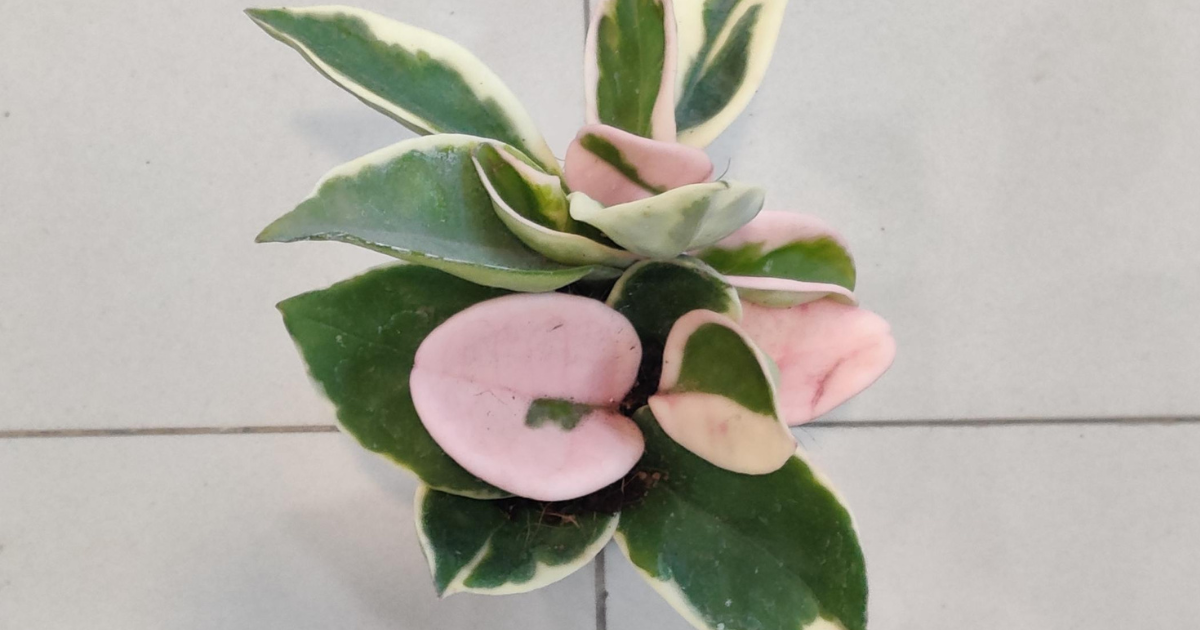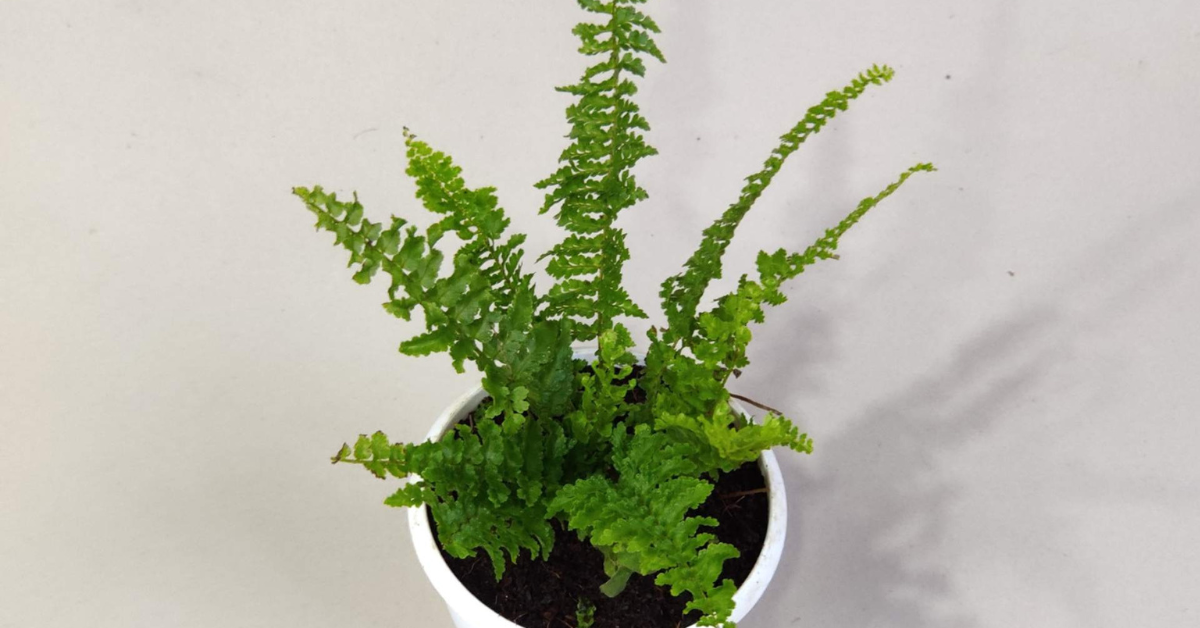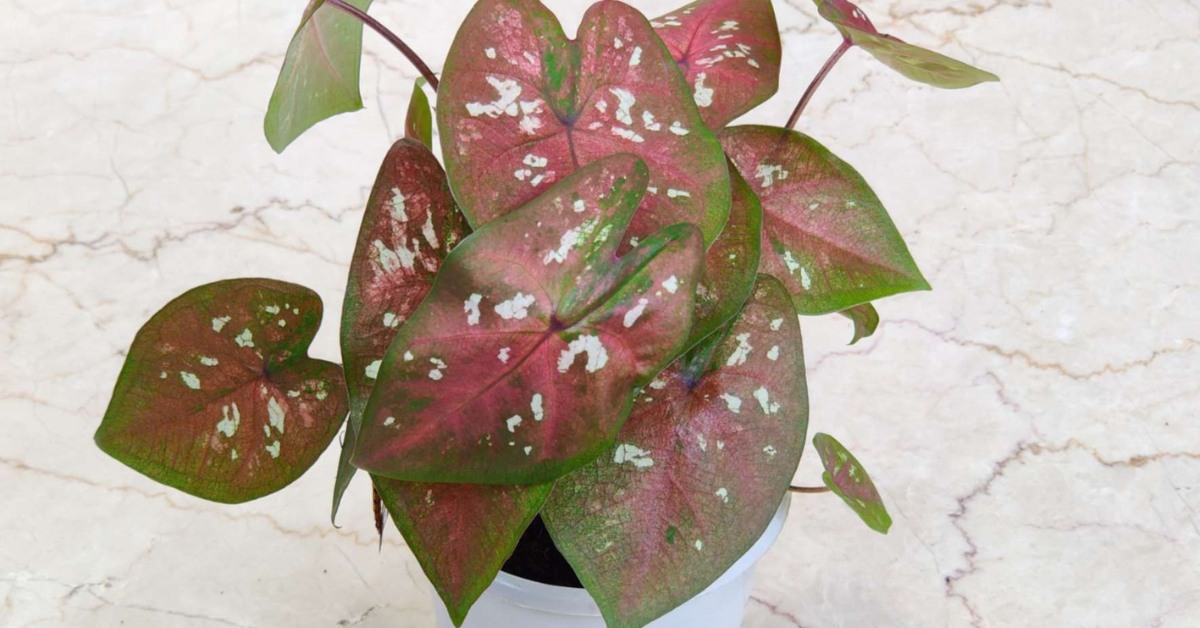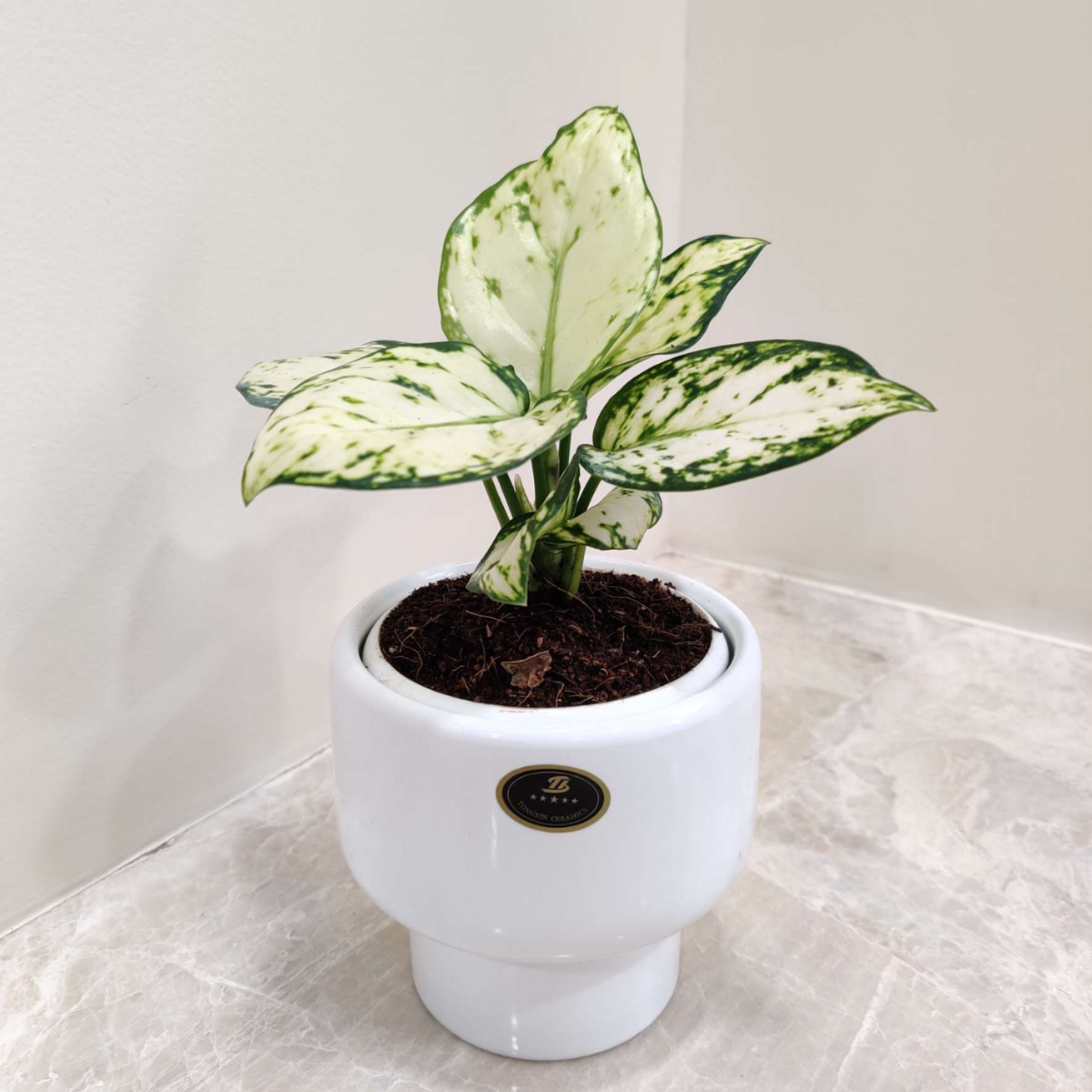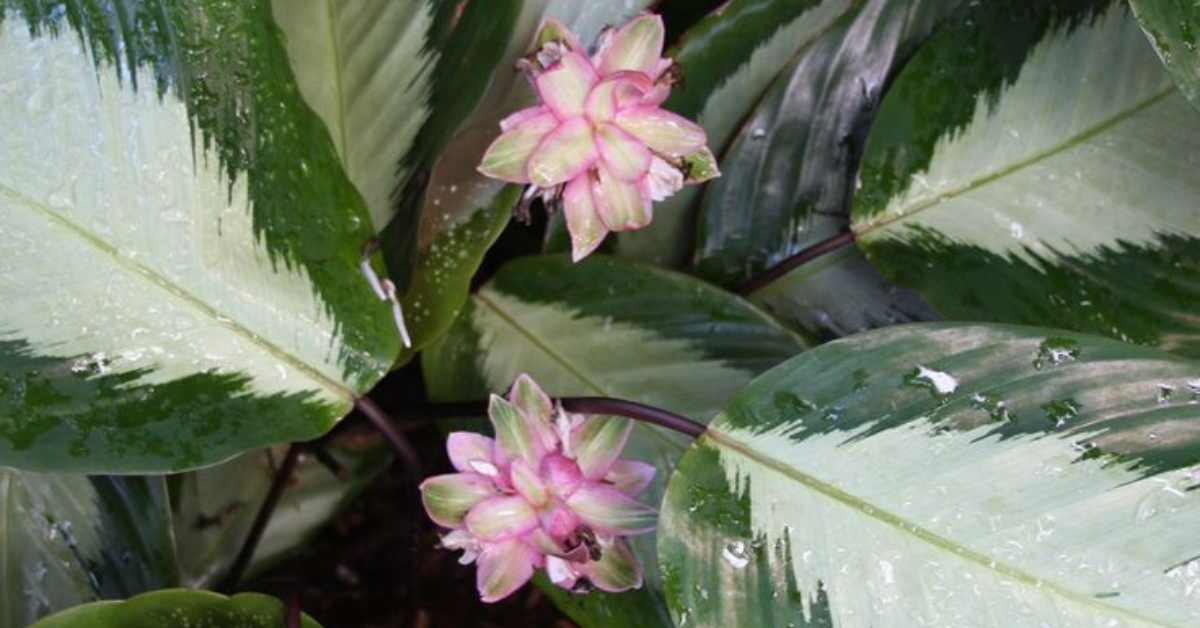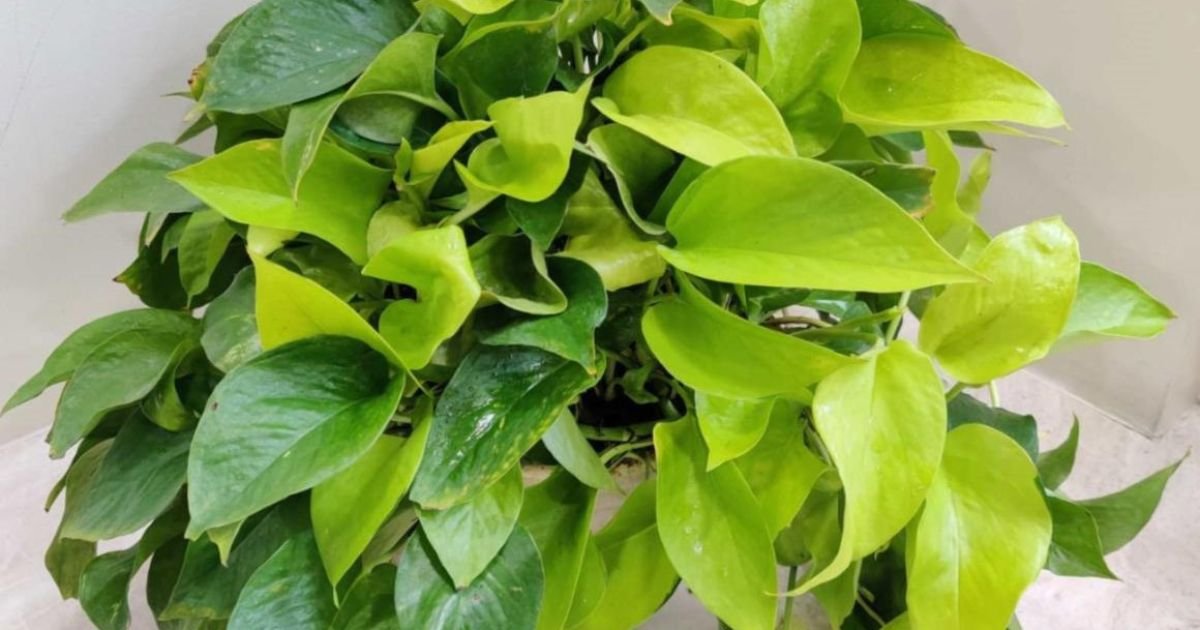In today’s fast-paced urban world, people are increasingly disconnected from nature. Interiorscaping—the art of decorating interiors with plants—serves as a powerful solution, bringing greenery indoors to create a calming, aesthetically pleasing, and healthier environment. Indoor plants not only enhance home and office decor but also improve air quality, reduce stress, and provide a refreshing touch of nature.
The Qualities of Ideal Indoor Plants
Choosing the right plants for interiorscaping involves selecting species that thrive in indoor environments. Ideal indoor plants should:
- Be evergreen to provide year-round beauty.
- Tolerate temperature variations commonly found indoors.
- Adapt to container growth for easy placement and maintenance.
- Require minimal care, making them ideal for busy individuals.

Benefits of Indoor Plants
1. Enhancing Aesthetics and Interior Design
Indoor plants add natural texture, color, and vibrancy to any space. They can be used as:
Room dividers for open-concept layouts.
Focal points in living rooms and office spaces.
Vertical gardens or hanging installations for small apartments.
2. Air Purification and Health Benefits
Indoor plants act as natural air purifiers, absorbing toxins and releasing oxygen. Popular air-purifying plants include:
Snake Plant (Sansevieria): Filters out formaldehyde and benzene.
Peace Lily (Spathiphyllum): Reduces airborne pollutants.
Areca Palm: Adds humidity while removing toxins.
3. Psychological and Productivity Benefits
Research shows that indoor plants reduce stress, boost mood, and increase productivity in workspaces. They help create a sense of calm, making them ideal for:
- Home offices
- Meditation spaces
- Bedrooms
The History of Indoor Plants
The practice of using plants for interiorscaping dates back centuries:
- Egyptians: Used potted palms on Cleopatra’s barge.
- Chinese: Cultivated plants in earthenware pots.
- Babylonians: Created lush gardens, including the famous Hanging Gardens of Babylon.
- Indians: Traditionally placed potted plants in homes, temples, and at entrances.
Choosing the Right Indoor Plants
1. Selecting Plants from Nurseries
When purchasing plants, consider the following:
- Opt for local nurseries to ensure plant adaptability.
- Check for healthy foliage—avoid plants with yellow or wilting leaves.
- Inspect roots—avoid root-bound plants with excessive roots emerging from drainage holes.
- Avoid freshly transported plants, as they need time to recover from transit shock.
- Prefer potted plants over those uprooted and wrapped for transport.
2. Matching Plants to Indoor Conditions
Different rooms have different light, humidity, and temperature conditions. Here are some recommendations:
Living Room: Bright, indirect light
- Best Plants: Philodendrons, Anthuriums, Bonsai, Areca Palm
Bedroom: Low light, calming ambiance
- Best Plants: Snake Plant, Peace Lily, Pothos
Bathroom: High humidity
- Best Plants: Ferns, Spider Plant, Bamboo Palm
Kitchen: Moderate light, air-purifying properties
- Best Plants: Aloe Vera, Mint, Basil, ZZ Plant
Interior Decoration with Plants
When decorating with plants, consider:
- Proportion and Scale: Match plant size to room dimensions.
- Color and Contrast: Use plants with colorful foliage or flowers to complement decor.
- Grouping and Clustering: Combine plants of varying heights for visual interest.
- Wall and Ceiling Decor: Utilize hanging planters, wall-mounted pots, or vertical gardens.
Choosing the Right Planters
Planters play a crucial role in interiorscaping. Some options include:
Terracotta Pots: Breathable but prone to water loss.
Ceramic Planters: Elegant and moisture-retentive.
Fiberglass and Plastic Pots: Lightweight and durable.
Wooden Containers: Ideal for rustic aesthetics.
Pot Culture: Growing Plants in Containers
Pot culture is ideal for urban dwellers with limited outdoor space. Advantages include:
- Portable Gardens: Move plants around as needed.
- Controlled Environment: Manage soil, water, and nutrients efficiently.
- Aesthetic Appeal: Decorative pots enhance interior design.
Conclusion: Embrace Green Living
Indoor plants are more than just decor—they are a gateway to a healthier, happier, and more beautiful living space. By selecting the right plants, caring for them properly, and integrating them seamlessly into your home, you can transform any interior into a lush, inviting sanctuary. Start your interior scaping journey today and bring the magic of nature indoors!
FAQ
1. What is the best way to incorporate houseplants into home decor?
Houseplants can be placed on shelves, tables, hanging planters, or used as statement pieces in decorative pots. Grouping plants of different heights and textures adds visual interest.
2. Which houseplants are best for beginners?
Low-maintenance plants like Snake Plant, Pothos, ZZ Plant, and Peace Lily are great for beginners as they require minimal care and thrive in various indoor conditions.
3. How do indoor plants improve air quality?
Certain plants, such as Spider Plant, Aloe Vera, and Areca Palm, help filter toxins from the air, increase oxygen levels, and add humidity, creating a healthier indoor environment.
4. What are the best houseplants for small spaces?
Compact plants like succulents, ferns, bonsai, and hanging plants (e.g., String of Pearls) are ideal for small apartments, as they take up minimal space while adding greenery.
5. How can I keep my indoor plants healthy?
Ensure proper watering (avoid overwatering), provide adequate sunlight based on plant needs, fertilize occasionally, and inspect for pests to keep houseplants thriving.
